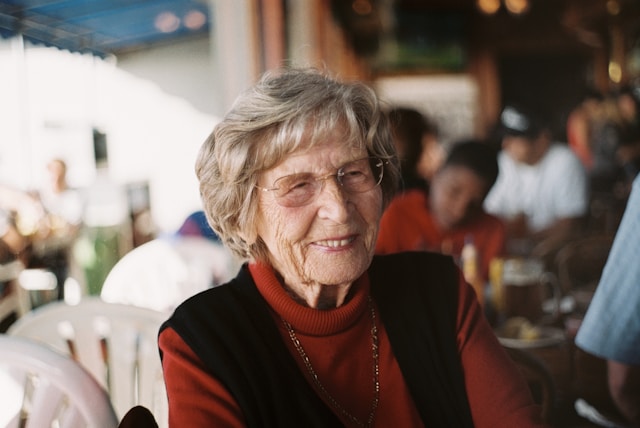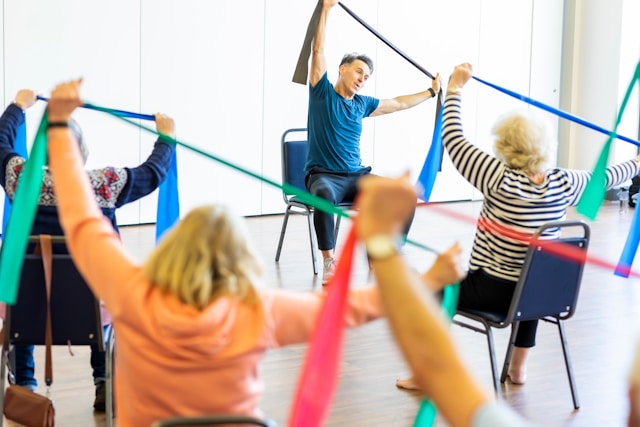
What Families Need to Know About Stroke Recovery and Rehabilitation
When a loved one experiences a stroke, families often find themselves facing a world of unfamiliar terms and urgent decisions. Most strokes, specifically ischemic stroke, are caused by a sudden disruption of blood supply to the brain, which can lead to lasting changes in movement, speech, and daily routines. The journey to recovery may feel overwhelming, but understanding stroke rehabilitation and the available treatments can make a significant difference.
Stroke recovery is about more than just regaining lost abilities—it’s about supporting stroke patients as they adjust, heal, and rediscover independence. With the right combination of medical care, therapy, and encouragement, many people can make significant progress.
Understanding Stroke Recovery
Every stroke is unique, and so is each person’s path to recovery. After a stroke, the brain works to repair itself and, in some cases, reroute functions that were lost due to disrupted blood supply. This process can take weeks, months, or even longer, and progress often happens in small steps. Stroke recovery begins as soon as possible after stroke treatment. Early rehabilitation is key—research shows that starting therapy soon after a stroke can improve outcomes and help stroke patients regain abilities more quickly. The main goal of the healthcare team is to help people restore movement, communication, and independence, while also addressing the emotional and psychological effects that may follow.
Many stroke patients experience challenges with muscle strength, balance, and coordination. Others may have difficulty speaking or understanding language, especially if the stroke affected areas of the brain responsible for communication. Some people also face memory problems or changes in behaviour, which are common in neurological disorders. It’s important to remember that recovery isn’t always linear. There may be periods of rapid improvement, followed by times when progress slows. Family support, patience, and ongoing rehabilitation all play vital roles in helping a loved one adapt and thrive after a stroke.
Key Components of Stroke Rehabilitation
Stroke rehabilitation is tailored to each person’s needs, with therapy sessions designed to target specific challenges and goals. The main areas of focus include physical therapy, occupational therapy, and speech therapy, each playing a crucial role in helping stroke patients rebuild their abilities and confidence.
Physiotherapy
Physiotherapy addresses movement, strength, and coordination. After a stroke, many people experience weakness or difficulty with balance. Physiotherapists use targeted exercises and activities to help patients regain mobility, improve walking, and reduce the risk of falls. Early intervention can make a huge difference in overall recovery.
Occupational Therapy
Occupational therapy helps stroke patients relearn everyday tasks essential for independent living. Occupational therapists assess each individual’s abilities and develop personalised strategies for activities such as dressing, bathing, eating, and other daily routines. They may also suggest adaptive equipment or home modifications to make life safer and easier.
Speech Therapy
Communication and swallowing problems are common after a stroke, especially if the stroke affected language centres in the brain. Speech-language pathologists work with patients to improve speech, language, and cognitive skills. Therapy may also include exercises to strengthen the muscles used in swallowing, which helps prevent complications.
Each therapy session is an opportunity for progress, and the combined efforts of these therapies help stroke patients regain independence and quality of life.

Preventing Recurrent Stroke
After a stroke, the risk of experiencing another—known as a recurrent stroke—increases. Taking steps to prevent this is an essential part of ongoing care and rehabilitation. Managing high blood pressure is one of the most effective ways to lower the risk, as uncontrolled blood pressure can damage blood vessels and increase the chance of blood clots forming in the brain.
Other important strategies include following medical advice to control heart disease, adopting a healthy diet, and staying physically active as recommended by the rehabilitation team. Medications may be prescribed to help prevent blood clots, manage cholesterol, or address other underlying health issues.
Regular check-ups and open communication with healthcare providers ensure that any changes in health are addressed quickly. By focusing on these preventive measures, stroke patients and their families can reduce the risk of further neurological disorders and support long-term recovery.
Innovative Approaches in Stroke Rehabilitation
In addition to traditional therapies, new techniques are emerging to support stroke recovery. One promising area is brain stimulation, which involves using gentle electrical or magnetic pulses to activate areas of the brain affected by the stroke. This approach can enhance the effects of physical and speech therapy by encouraging the brain’s natural ability to reorganise and heal. While still under research, brain stimulation shows promise in improving outcomes, especially when combined with regular therapy sessions. Families should discuss these options with healthcare providers to understand what might be suitable for their loved one’s specific condition.
Innovations like these complement the personalised care provided by occupational therapists, physical therapists, and speech-language pathologists, offering hope for continued progress even after the initial rehabilitation phase.
What Families Can Do
Family involvement is a powerful part of stroke recovery. Encouragement and support during therapy sessions can boost motivation and help stroke patients stay engaged with their rehabilitation goals. Simple acts—like practising exercises at home or joining in daily activities—reinforce the skills learned in physical, occupational, and speech therapy.
Creating a calm, safe environment at home also makes a difference. This might mean arranging furniture for easier movement or using reminders to help with memory. Listening to your loved one’s concerns and celebrating small achievements can ease frustration and build confidence. Staying connected with the rehabilitation team ensures that families understand the recovery process and know how to adapt care as needs change. Open communication helps everyone work together, making each step forward a shared success.
Stroke Rehab in Leeds
Stroke recovery is a journey that benefits from expert care, encouragement, and a supportive environment. With the right combination of stroke rehabilitation, therapy, and family involvement, stroke patients can often make meaningful progress toward greater independence and wellbeing. Managing health risks and working closely with a dedicated team helps reduce the chance of recurrent stroke and supports long-term recovery.
If you’re looking for specialist support in Leeds, Alderbrook Care Home offers high-quality, dignified care for adults recovering from stroke and other neurological conditions. Our compassionate team creates personalised care plans focused on promoting independence, mobility, and emotional strength. At Alderbrook, residents benefit from tailored therapy, modern facilities, and a nurturing atmosphere designed to help each person achieve their goals at their own pace.
To find out how Alderbrook Care Home can support your loved one’s stroke recovery, contact us to arrange a visit and speak with our care team
